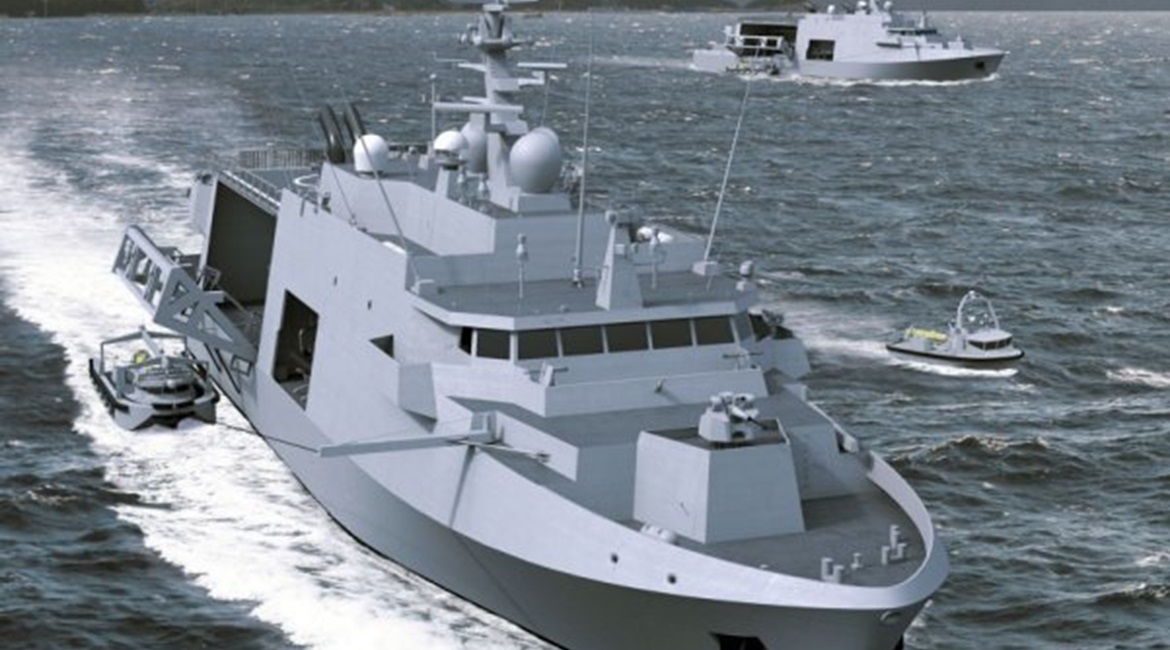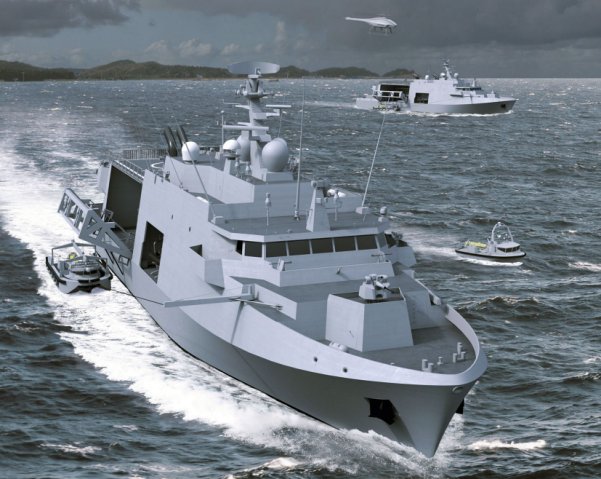
The Belgium Naval & Robotics consortium has been contracted to provide Belgium and the Netherlands with a next-generation stand-off mine countermeasures (MCM) capability based on mother ships employing a ‘toolbox’ of offboard MCM systems.
The Belgian armed forces awarded the contract to Belgium Naval & Robotics – comprising France’s Naval Group and underwater systems and robotics group ECA – on 22 May. The 10-year contract is valued at almost EUR2 billion (USD2.23 billion).
Being procured by Belgium as the lead nation, the Belgian/Dutch future MCM capability is designed to replace five Belgian Naval Component Tripartite-class minehunters, plus the support ship Godetia , and six Royal Netherlands Navy Tripartite-class vessels. The capability requirement has been drawn up against three operational scenarios, both permissive and non-permissive: access to seaports; home and allied sea lines of communication and chokepoint protection; and expeditionary operations including amphibious operations.
The two nations will each procure six 2,700-ton mother ships designed to support offboard MCM operations. These vessels will operate in conjunction with unmanned/autonomous ‘drone’ components drawn from ECA’s UMIS offboard MCM suite.
Although designed for stand-off operations outside of the mine danger area, the mother ship design developed by Naval Group will incorporate a level of signature reduction (acoustic and electromagnetic) and shock resistance. The ship also incorporates handling systems port and starboard to allow for the launch and recovery of ECA’s Inspector 125 unmanned surface vehicles (USVs).
The MCM ‘toolbox’ solution includes A18-M autonomous underwater vehicles, T18-M towed sonars, and mine identification/destruction systems comprising the Seascan and K-ster C remotely operated vehicles, all of which can be operated autonomously from the Inspector 125 USV. The full outfit also includes unmanned aerial vehicles and dredgers.

Looking to read the full article?
Gain unlimited access to Janes news and more...






